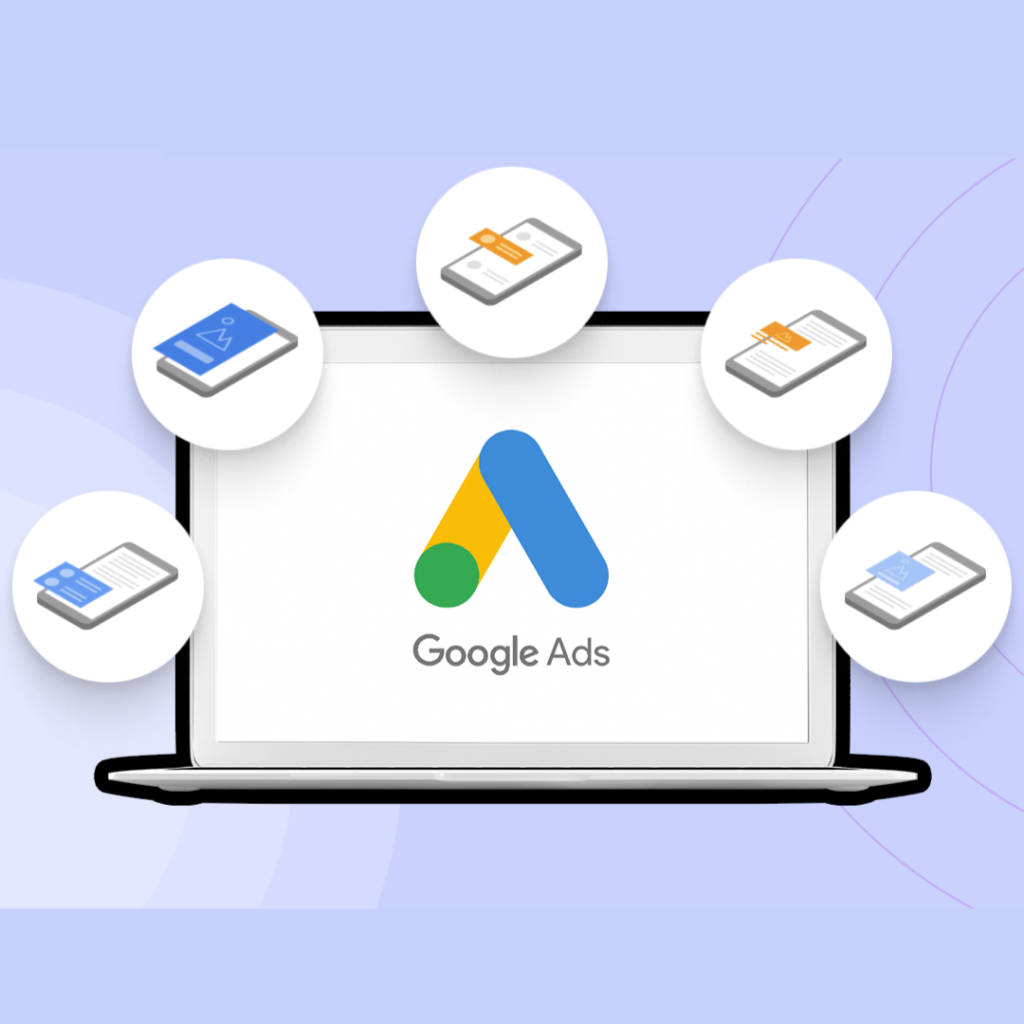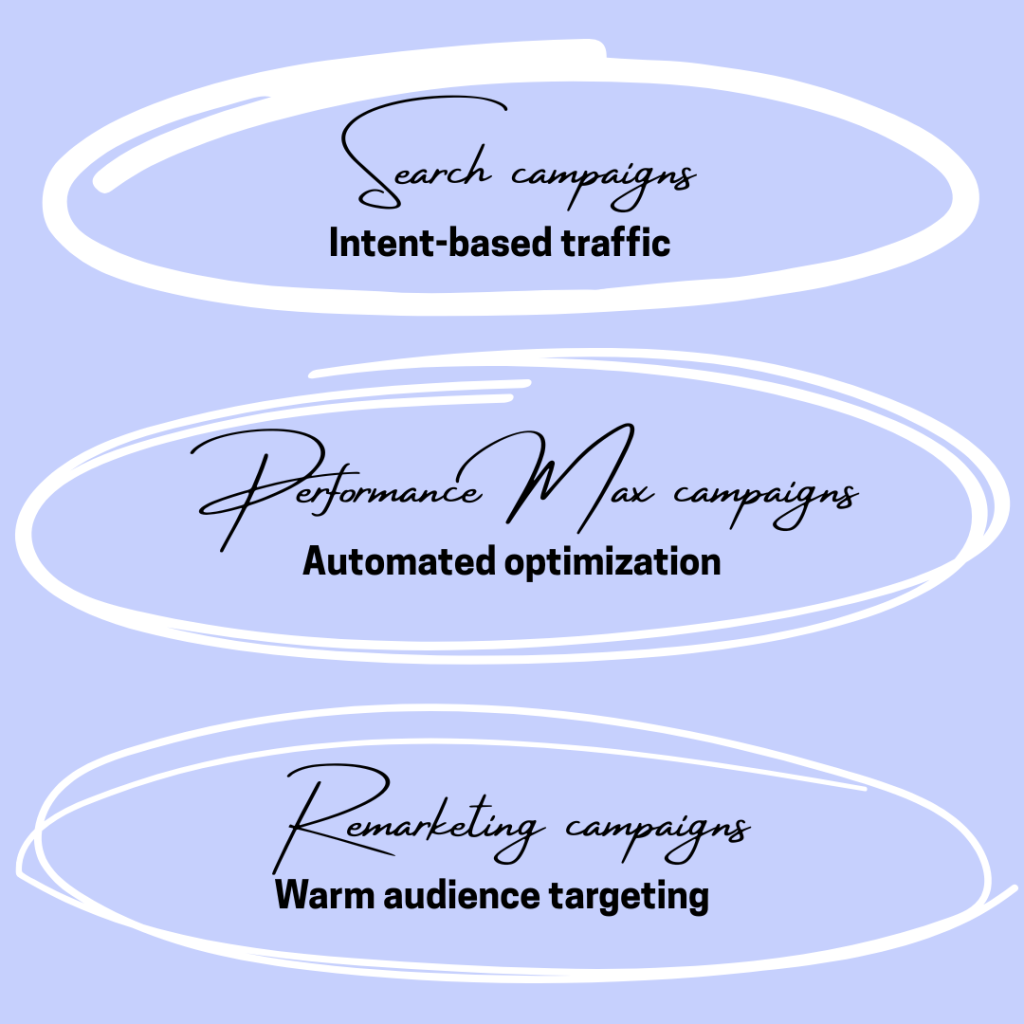
How to Build a High-Performing Google Ads Campaign on a Budget
Google Ads is one of the most powerful tools for getting in front of the right audience at the right time. But if you’ve ever tried to run ads on a limited budget, you know it can feel like a gamble—especially when clicks are expensive and competition is fierce. The good news? You don’t need a huge ad spend to drive results.
A well-structured Google Ads campaign strategy can maximize your investment, helping you reach qualified leads, boost conversions, and grow your business without blowing through your budget. The key is in the setup, targeting, and optimization.
Here’s how to build a campaign that performs—even when every dollar counts.

Start with Clear, Specific Goals
Before you launch any ads, get crystal clear on what success looks like. Are you trying to:
- Drive leads?
- Increase sales?
- Promote a specific product?
- Grow local awareness?
Your goal should determine everything from the campaign type to your bidding strategy. For example, if your goal is lead generation, your focus should be on conversions—not just clicks. That clarity allows you to track performance and adjust with purpose, which is foundational to a strong Google Ads campaign strategy.

Choose the Right Campaign Type
Google Ads offers several campaign types, but for most small budgets, we recommend focusing on one of the following:
- Search campaigns: Great for capturing intent-based traffic (people actively searching for your product or service).
- Performance Max campaigns: A smart option for e-commerce or local businesses, especially when you want Google’s machine learning to optimize placements.
- Remarketing campaigns: These target people who’ve already interacted with your brand—helping you stay top of mind without spending heavily on cold traffic.
Start with one type and test it thoroughly before adding more complexity to your strategy.

Nail Your Targeting (Without Overdoing It)
With limited budget, hyper-targeting is essential. Focus on:
- Geography: Narrow your campaign to only the locations you actually serve.
- Keywords: Use specific, long-tail keywords with clear intent (e.g. “affordable wedding photographer in Austin” vs. “photographer”).
- Device targeting: If your site performs better on mobile or desktop, prioritize the better-converting experience.
- Audience layers: Use custom intent or in-market audiences to hone in on users actively researching or shopping in your category.
A lean Google Ads campaign strategy avoids wasting budget on broad, unfocused traffic. The more precise your targeting, the more efficient your spend.

Write Ad Copy That Speaks to Pain Points
Your ads are only effective if they resonate. Focus your headlines and descriptions on what matters most to your audience—solutions, benefits, offers, and urgency.
For example:
- Instead of “Expert Landscaping Services,” try “Transform Your Backyard This Weekend – Free Quote Today”
- Highlight benefits like “Same-Day Service,” “100+ 5-Star Reviews,” or “Locally Owned & Trusted”
Also, use all available ad extensions—like callouts, sitelinks, and structured snippets. They don’t cost extra and they boost visibility, giving your ad more real estate on the page.
Great copy is often the difference between a click and a scroll-by—especially when your Google Ads campaign strategy relies on making every impression count.
Optimize Your Landing Pages
Sending traffic to a generic homepage? That’s one of the fastest ways to burn your ad budget. Instead, send users to a tailored landing page that directly aligns with your ad offer and includes:
- A strong headline
- Clear, benefit-driven messaging
- A focused CTA (form fill, purchase, download, etc.)
- Social proof (reviews, logos, testimonials)
- Fast load time (especially on mobile)
A cohesive user experience from ad to landing page improves conversion rates, lowers your cost per lead, and strengthens your overall Google Ads campaign strategy.
Monitor, Test, and Refine
Google Ads is not a “set it and forget it” tool—especially on a budget. Weekly (or even daily) check-ins help you:
- Pause underperforming keywords
- Adjust bids on top converters
- Test new ad copy variations
- Refine your negative keyword list to avoid wasteful clicks
Start with smaller tests—like tweaking headlines, changing CTA buttons, or testing different landing pages—and let the data guide your decisions.
Optimization is where great campaigns are made.
You Don’t Need a Big Budget—Just a Smart Strategy
A limited budget shouldn’t stop you from competing in the Google Ads space. With the right Google Ads campaign strategy, you can generate qualified leads, drive revenue, and scale over time without overspending.
The secret isn’t spending more—it’s spending smarter. Focus on intent, refine your targeting, test relentlessly, and always make sure your landing pages are doing their job.
Need help building or optimizing your next campaign? Our SEM team is ready to turn your budget into real business results—let’s build something that performs. Contact us today!
Author:

Kurtis P.
Google Ads Specialist
